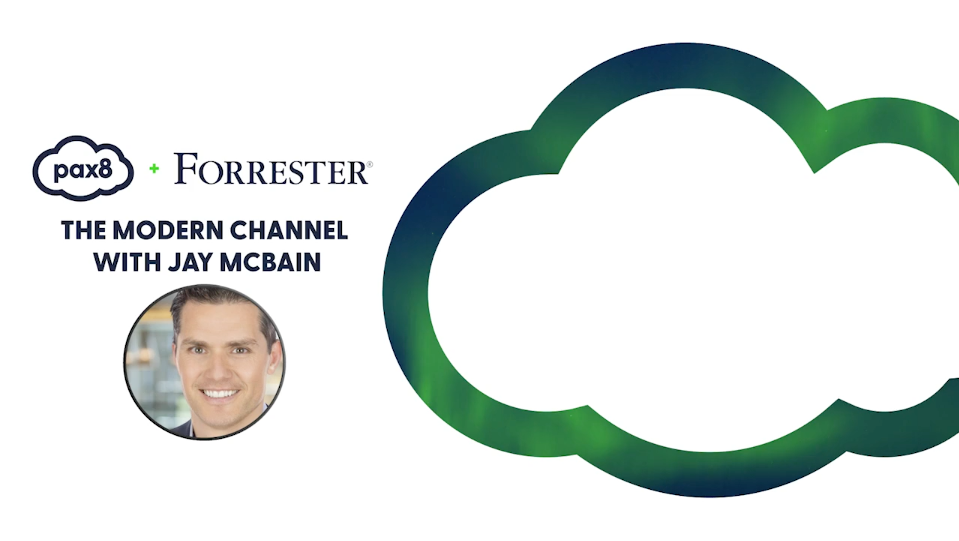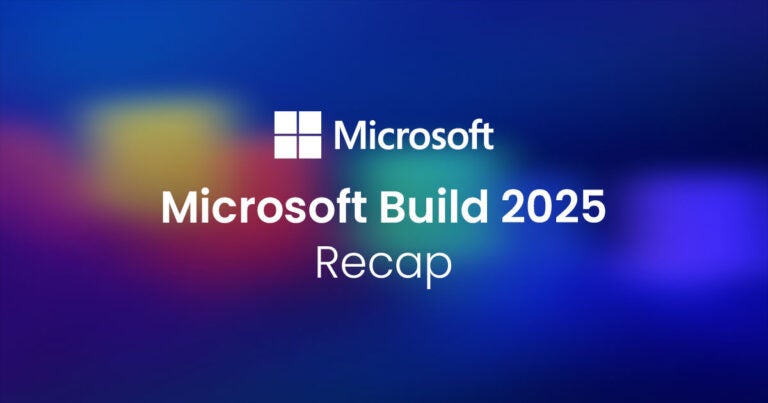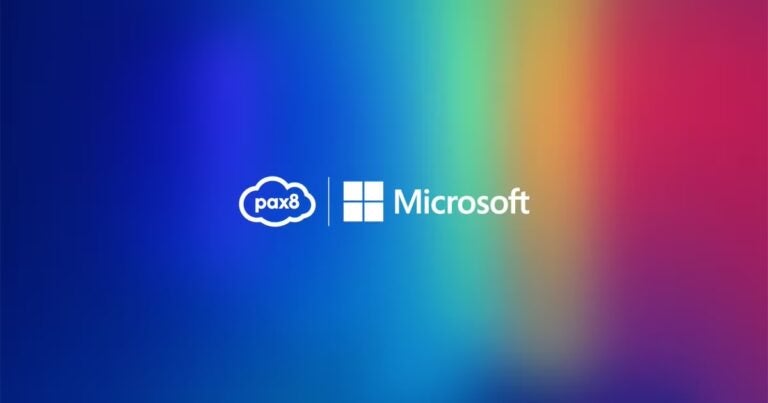Forrester Analyst Jay McBain explains what he saw as the biggest trends for the channel.
As we all know by now, 2020 has been a year of unpredictability. While the COVID-19 pandemic has taken its toll on all aspects of everyday life, businesses in all industries have had to adapt to monumental shifts in the technology landscape rapidly. With a majority of office workers transitioning to a remote experience, end clients, partners, vendors, and the channel as a whole have had to re-think critical strategies and investments.
But even in a year full of constant change, the IT channel has once again been defined by consistent and emerging trends that have influenced decisions at every level. In a Pax8 webinar, Forrester Analyst Jay McBain explained what he saw as the seven biggest trends for the channel in 2020. Here’s what he had to say.
McBain predicts that ecosystems will continue to be a significant change agent in how IT is bought and sold. Compared with the traditional indirect channel, ecosystems are untethered to the financial transaction. They are focused more on intra-firm value creation, access and attachment to external networks, and partner innovation.
McBain says aligning and selling to, through, and with different types of partners is the new normal.
1. The Changing Buyer
McBain says the most important trend of the past 5 or 10 years is a change in who is making key technology decisions within organizations. In most companies, a majority of these decisions are now being made outside of IT, in departments like marketing, sales, operations, and finance. This trend was emphasized by the shift to remote work, with many workers relying on hastily prepared “rogue” or “shadow” IT solutions.
McBain also points to shifting demographics to show how buyer behavior and psychology will continue to change. Millennials are poised to become the majority of decision-makers, and according to McBain, they act more like consumers than their older counterparts.
2. New Types of Channels and Journeys
With these new buyers come new ways of engaging with them. McBain points out that modern buyers prefer to educate themselves thoroughly on each solution before they purchase. This means that it’s critical to understand and connect with the sources that are providing that education. McBain says books, podcasts, videos, and other digital content forms play a larger role in tech decisions, with many buyers never even talking to a sales representative before selecting a vendor. A focus on the early stages of the buyer journey is crucial for gaining influence with a modern audience.
Another key change McBain sees with buyers is the emergence of new channels. Different organizations are getting in on the tech buying market, including accounting firms, legal consultants, and business advisors. On the other end, new technology providers also continue to enter the market and find success. This is creating more unique buying relationships that don’t necessarily fit the traditional channel mold.
3. Everything as a Service
It should come as no surprise that the adoption of subscription models for solutions and services has continued to skyrocket in 2020. In every industry, companies are either making the switch to monthly subscription billing or thinking about doing so soon.
McBain points out that this will only become more important as companies continue to adopt advanced technologies to optimize business efficiency. As automation, AI, and Internet of Things (IoT) solutions become more common, the opportunities to gain monthly recurring revenue from them increase.
4. New Vendor Programs
According to McBain, one of the main reactions vendors have had to the changing channel is creating new initiatives around influence and retention. Combined with the traditional transactional channel, this makes what McBain calls a “trifurcating channel model” wherein vendors now participate in a channel for influence and a channel for retention.
With influence programs, vendors seek to connect with content creators who make the podcasts, eBooks, and videos that drive buying decisions.
At the same time, they are also investing in getting buyers to adopt and use the solutions they’ve purchased. To do so, they’re focusing on integrations as well as up-selling and cross-selling. The goal is to make solutions “stickier” with more of an impact on the end-user.
5. New Ecosystems
6. Influencing the Influencer
Understanding who is influencing the market and how they’re doing so is now a significant key to success. To connect with buyers, vendors and partners must research who those buyers are reading, following, and listening to. Identifying those influencers can help narrow down what connections to make and where to invest in having the best chance of reaching the right audience.
7. Marketplaces
The final trend McBain talks about is the rise of the online marketplace as the preferred way to buy and sell solutions. As new buyers enter the market, many are gravitating toward buying models to purchase solutions quickly, conveniently, and preferably, all in one place.
With the massive success of e-commerce sites like Amazon in recent years, demand has risen for a similar experience for buying business tech. This is a trend that has only accelerated with the pandemic.
Experiences, like what the Pax8 Platform provides, offer a wide choice of quality solutions in an easy-to-use manner and can help partners differentiate themselves in an increasingly competitive market.
- 76% of CEOs believe current business models will be unrecognizable in five years.
- 73% of business buyers find buying from the web more convenient.





